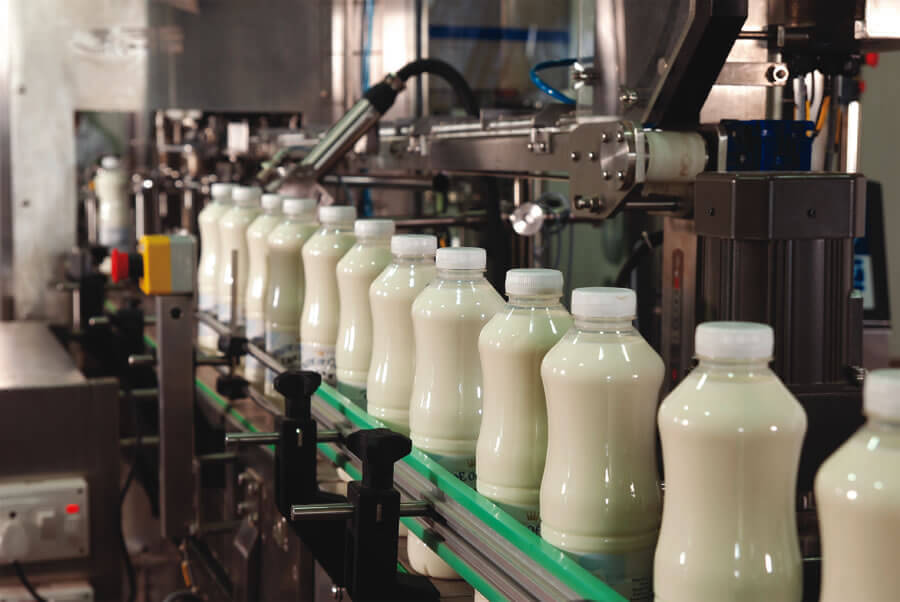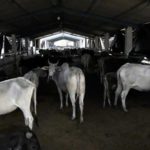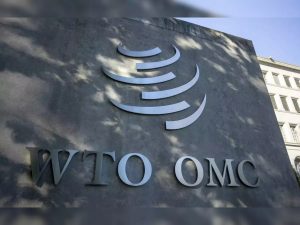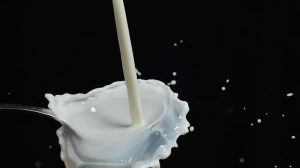
Parag Milk Foods Limited (Parag) is planning to raise money from International Finance Corporation (IFC) for meeting the company’s working capital needs and for its long-term expansion plan.
IFC committed around $31 million (around Rs 230 crore) to Parag in the form of non-convertible debentures to support the company’s working capital needs and long term capex plans.
IFC’s proceeds will be used for further development of milk processing plants at two locations – Manchar in Maharashtra, and Palamner in Andhra Pradesh.
Parag was established in 1992 and one of India’s largest dairy companies, catering to major cities in the country with a strong presence in western and southern India.
The company has a well-diversified product portfolio ranging from liquid milk to value added products like UHT milk, cheese, butter, ghee (clarified butter), paneer (cottage cheese), yoghurt, curd, lassi, flavored milk, dairy whitener and milk powder, sold under the brands ‘GO’, ‘Gowardhan’, ‘Top Up’, ‘Avvtar’ and ‘Pride of Cows’, with value added products being > 65% of sales.
The company’s main sponsor is Devendra Shah, who together with his family, owns 46 per cent of Parag’s shares, while 29 per cent of the company is held by institutional shareholders and the balance 25 per cent is held by public shareholders.


















